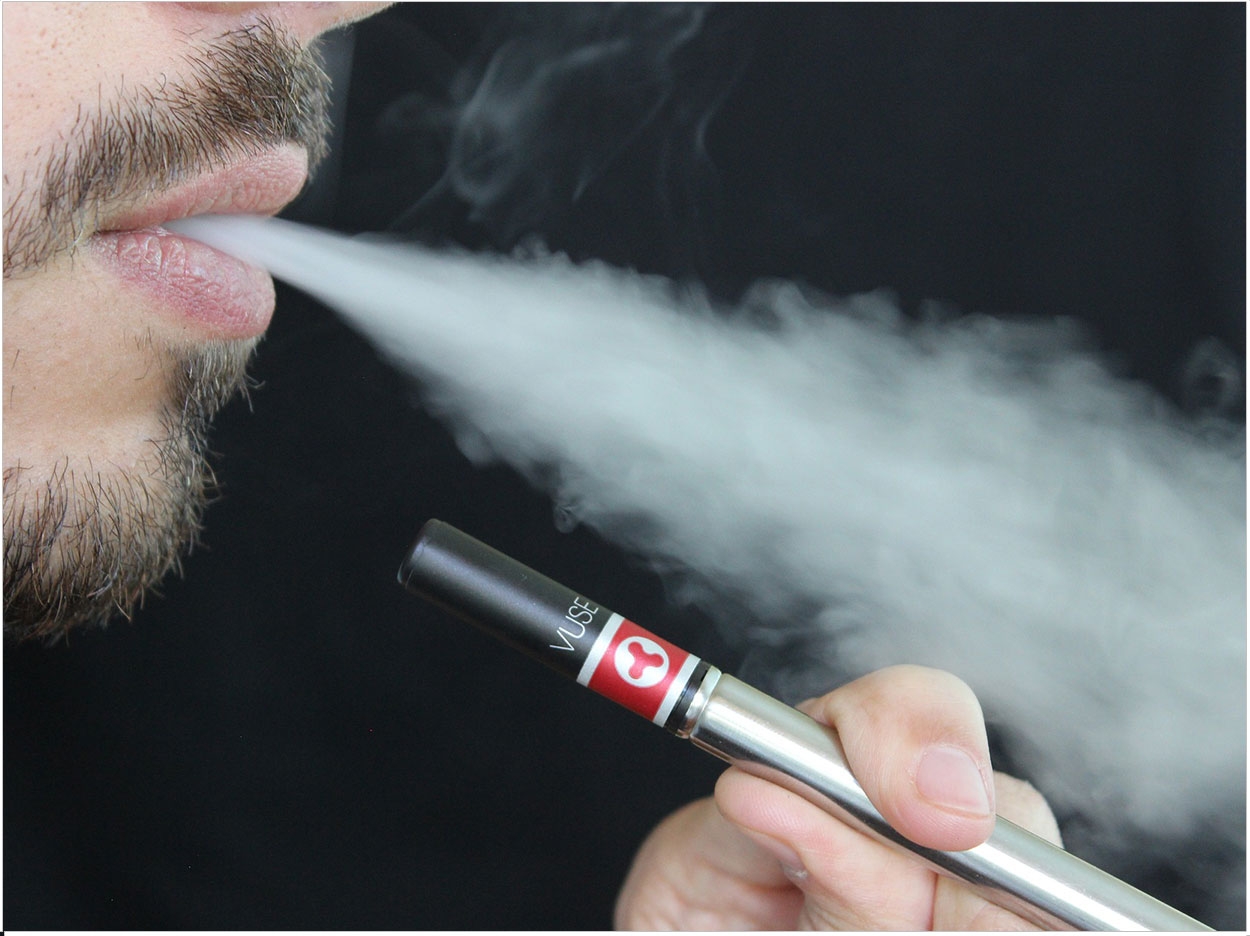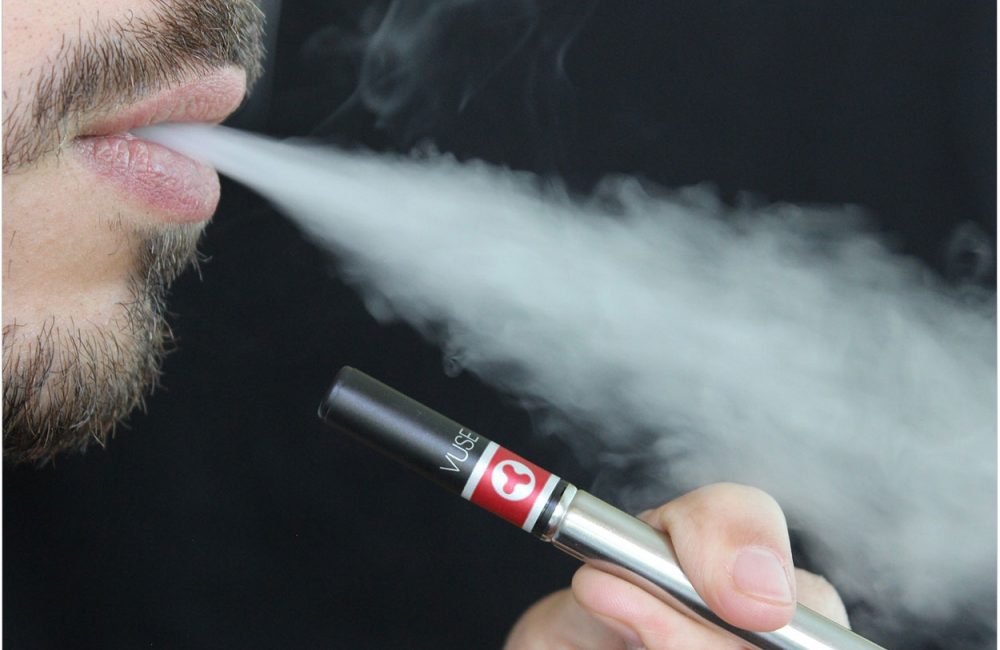
Despite claims to the contrary, e-cigarettes might not be significantly safer than tobacco cigarettes. Researchers at the University of California Los Angeles (UCLA) have discovered that the toxic substances and nanoparticles in e-cigarettes can kill the top layer of skin cells in the oral cavity, with potential risks for oral disease.
The use of e-cigarettes has risen dramatically, particularly among young people. The Centers for Disease Control and Prevention found that 2.4 million middle and high school students used e-cigarettes in 2014. Also, Ohio State University says that sales are rising about 25% a year. Yet there has been little research into their effects on the oral cavity.
The UCLA researchers took cell cultures from the outermost layer of the oral cavity and exposed them to 2 different brands of e-cigarette vapor for 24 hours. A machine that could “smoke” cigarettes like a human being then generated the vapor, which included varying amounts of nicotine or menthol.
Next, the researchers measured the particle concentration and size distribution of the simulated vapors. They found that these vapors, which include nanoparticles of metal, silica, and carbon, vary in concentration depending on the brand and flavor.
Testing on the cultured cell lines showed that these vapors significantly weaken the oral cavity’s natural defense mechanism by decreasing the levels of an antioxidant called glutathione, causing about 85% of the tested cells to die. The researchers hope to translate their findings to a human study.
“A small but significant portion of dental patients at UCLA Dental Clinics have used e-cigarettes, which will provide sufficient patient resources for our planned studies,” said Dr. Shen Hu, lead author of UCLA’s study. “Our hope is to develop a screening model to help predict toxicity levels of e-cigarette products so that consumers are better informed.”
Misleading Marketing
The researchers believe that healthcare providers need to do more to raise public awareness of the health risks of e-cigarettes. In May, the US Food and Drug Administration (FDA) gained the authority to review and authorize and health-related claims that e-cigarette manufacturers and retailers may make about their products.
So far, reports Ohio State, many of these claims about the positive effects of e-cigarettes have been unsubstantiated, and researchers at the school believe such statements won’t stand up to the FDA’s scrutiny once it begins enforcing the Family Smoking Prevention and Tobacco Control Act.
“The majority of smokers are interested in quitting, and it is essential for the FDA to ensure that consumers are not misled into choosing products based on inaccurate health-related claims,” said Elizabeth Klein, associate professor of health behavior and health promotion at Ohio State and lead author of the school’s study.
The researchers examined online claims by makers and sellers of e-cigarettes, vaporizers, and similar products and analyzed those statements to see how they compared to current and pending legislation. They found that most of these sites made at least one health-related claim.
Most often, these sites said that these products were less harmful than traditional cigarettes and didn’t carry the same secondhand smoke risks. Others said e-cigarettes posed no health risks at all. As a result, consumers may have false perceptions of these devices that may be difficult to reverse, Klein said.
“Once these messages are communicated to consumers, you can’t un-ring that bell,” Klein said. “We want to be sure that consumers are accurately and correctly informed about their health decisions, including decisions about e-cigarette use.”
Of the 110 websites studied, 71% of the manufacturer sites and 47% of the retailer sites made at least a single claim that fell into the “modified risk” category, where the sales pitch included the idea that electronic devices are better for consumers than cigarettes or that they reduce exposure to dangerous chemicals found in other tobacco products.
Additionally, some sites emphasized reduced dangers from secondhand smoke or how e-cigarettes could help consumers quit tobacco cigarettes. Some sites even said that e-cigarettes could be used as a sleep aid or to boost sex drive.
“These are claims that they shouldn’t be making, but they were relatively common,” said Micah Berman, a study co-author and assistant professor of public health and law. “Some of these claims were clearly exaggerated, clearly false.”
The UCLA study, “Characterization of Electronic Cigarette Aerosol and Its Induction of Oxidative Stress Response in Oral Keratinocytes,” was published by PLOS One. The Ohio State study, “Online E-Cigarette Marketing Claims: A Systematic Content and Legal Analysis,” was published by Tobacco Regulatory Science.
Related Articles
Exploding E-Cigarette Causes Mouth Injuries
Advertising Influences E-Cigarette Use Among Youth












